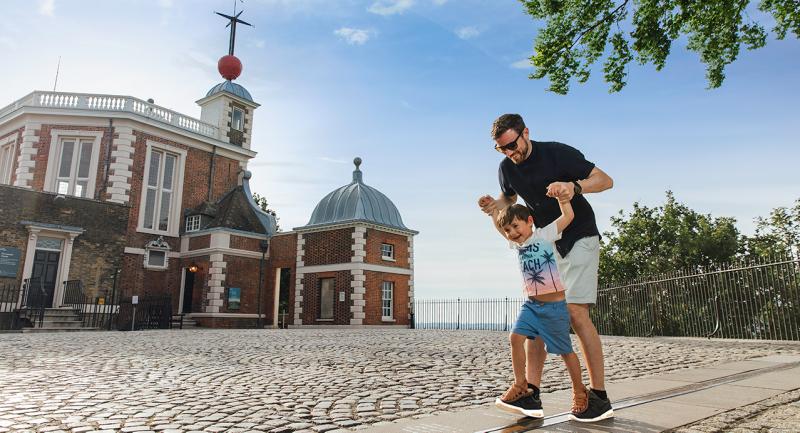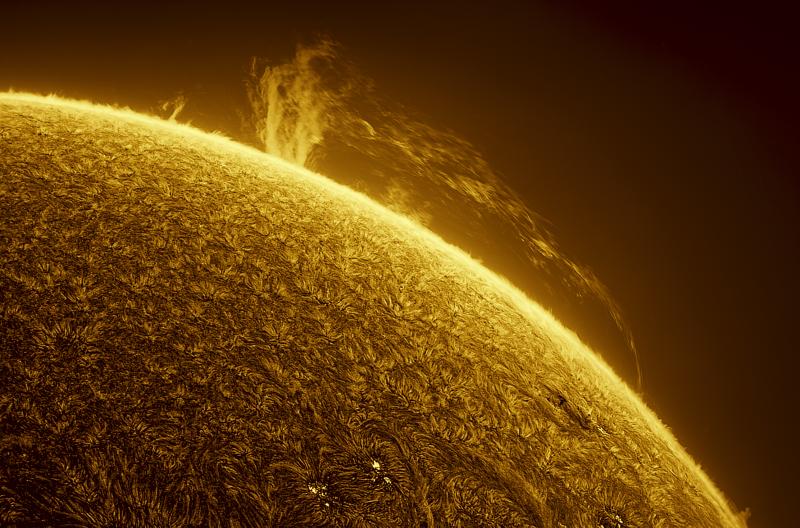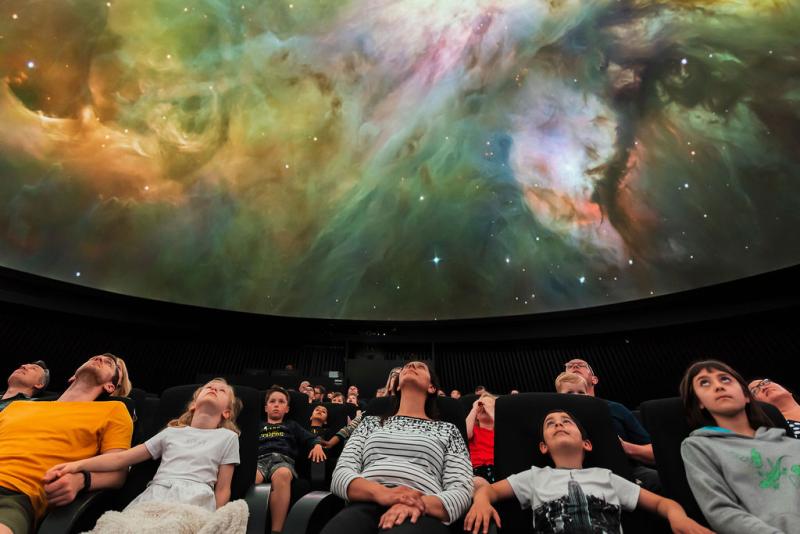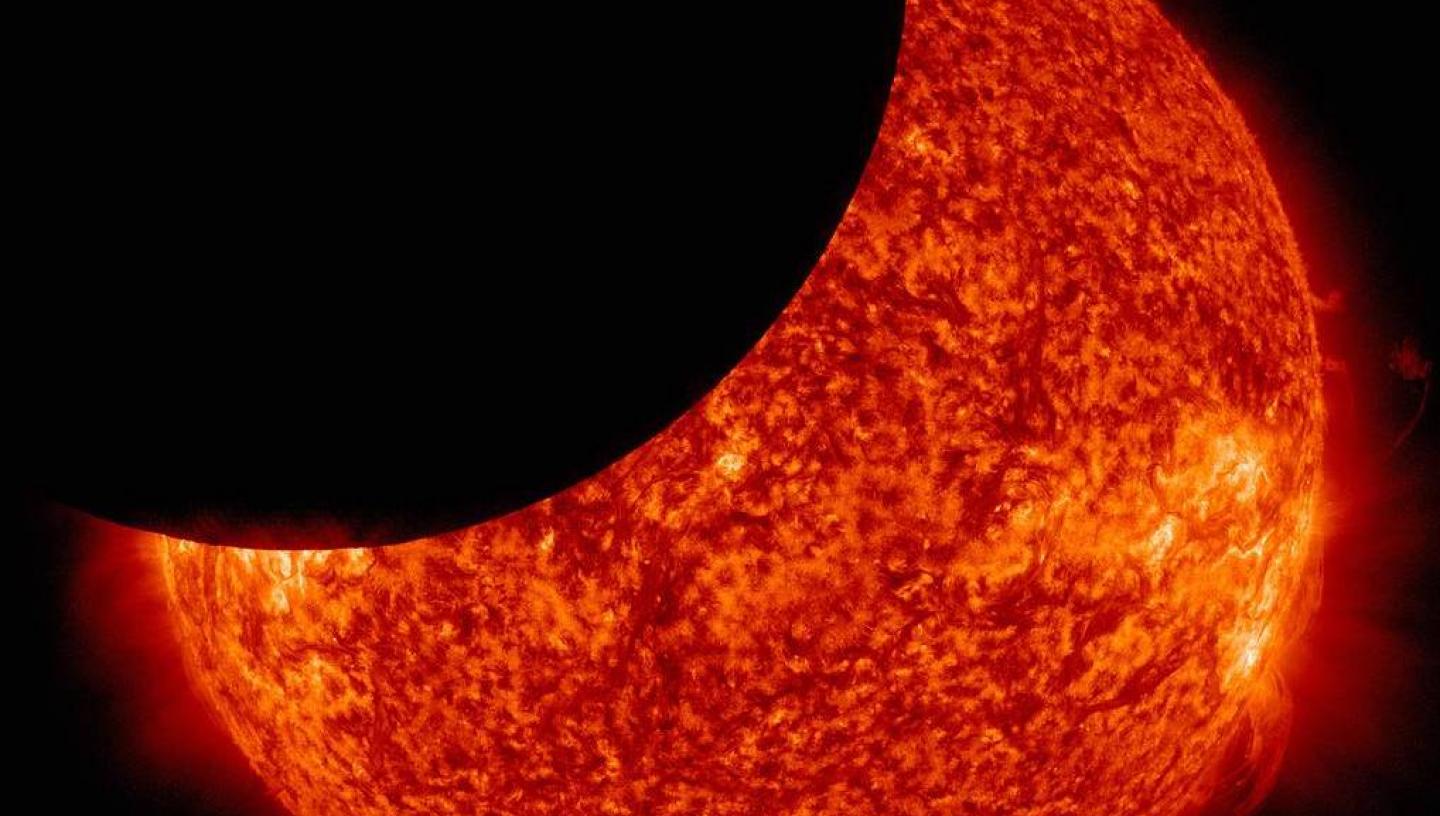
Essential Information
| Location |
Online
|
|---|---|
| Date and Times | 10 June 2021 | Eclipse begins at 10.08am |
| Prices | Free |
Join astronomers from the Royal Observatory Greenwich to watch the livestream of the partial solar eclipse in the UK.
Our expert astronomy team will help explain the science of solar eclipses. You can also watch a telescope feed of the Sun from our state-of-the-art Annie Maunder Astrographic Telescope.
This show was broadcast live on Thursday 10 June 2021, but you can still watch it for free here. Like us on Facebook to be the first to hear about future live streams.
The next solar eclipse occurs on 10 June 2021 in the UK, beginning at 10.08am and ending at 12.22pm. It will reach its 'maximum' – the moment when the greatest amount of Sun is hidden – at 11.13am.
| 1st contact: partial solar eclipse begins | 10.08am |
| Maximum: greatest amount of Sun hidden | 11.13am |
| Partial eclipse ends | 12.22pm |
In the UK this eclipse will be a partial solar eclipse, which means the Sun's light will not be completely blocked. However, elsewhere in the world it will be an annular eclipse.
An annular eclipse is where the Moon does not cover the whole of the Sun's disk, as it is not the correct distance to cover the entirety of the Sun. Instead people will be able to see what's called an 'annulus' – a ring of light around the Moon.
Even in the UK, around 25% of the Sun will be covered by the Moon, and it's set to be the UK's biggest solar eclipse since 2015. During the live stream you will be able to see the Moon passing across a part of the Sun.
If you want to see a total solar eclipse in the UK, we're afraid you're going to have to wait until the year 2090!
How can I see the solar eclipse?
Warning: never look directly at the Sun. This can cause serious eye damage or even blindness.
We're hoping to bring you the best view of the solar eclipse in the UK using our newest telescope at the Royal Observatory: the Annie Maunder Astrographic Telescope. Tune in to Facebook or YouTube to watch our telescope view live.
If you want to try and see the solar eclipse yourself, please remember that you must use adequate eye protection.
Check if your local astronomical society is hosting a solar eclipse event, as they will have many instruments specifically for solar viewing or telescopes that have been fitted with the right filters.
If you can’t get out to these events and still want to look at the eclipse directly, you can purchase solar eclipse viewing glasses. Sunglasses or 3D glasses will not protect your eyes.
The safest and cheapest way to view the event is by pinhole projection. This is extremely safe as there is no need to look directly at the Sun and the display can be shared by a few people together.
How to make a pinhole projector
- Make a hole in a piece of card.
- Hold the card up to the Sun, and hold a piece of paper behind the card.
- See the shape of the Sun projected onto the paper - a small version of the event!
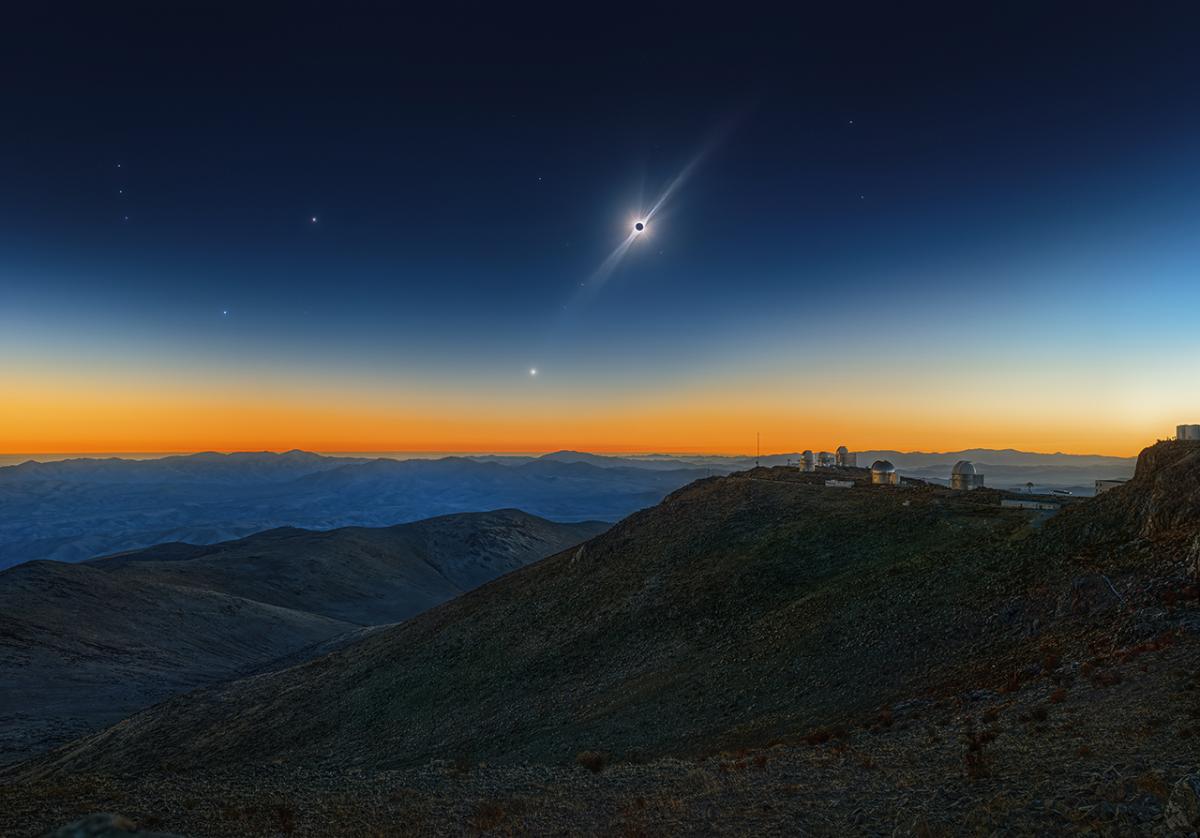
Where else will the solar eclipse be visible?
The June eclipse is called an 'annular eclipse', as because of the Moon's position the outer ring of the Sun will still be visible. This is sometimes known as a 'ring of fire'.
Parts of Russia, Greenland, and northern Canada will be able to see the full annular solar eclipse. A partial eclipse will be visible in the UK, Northern Asia, Europe, and the United States.
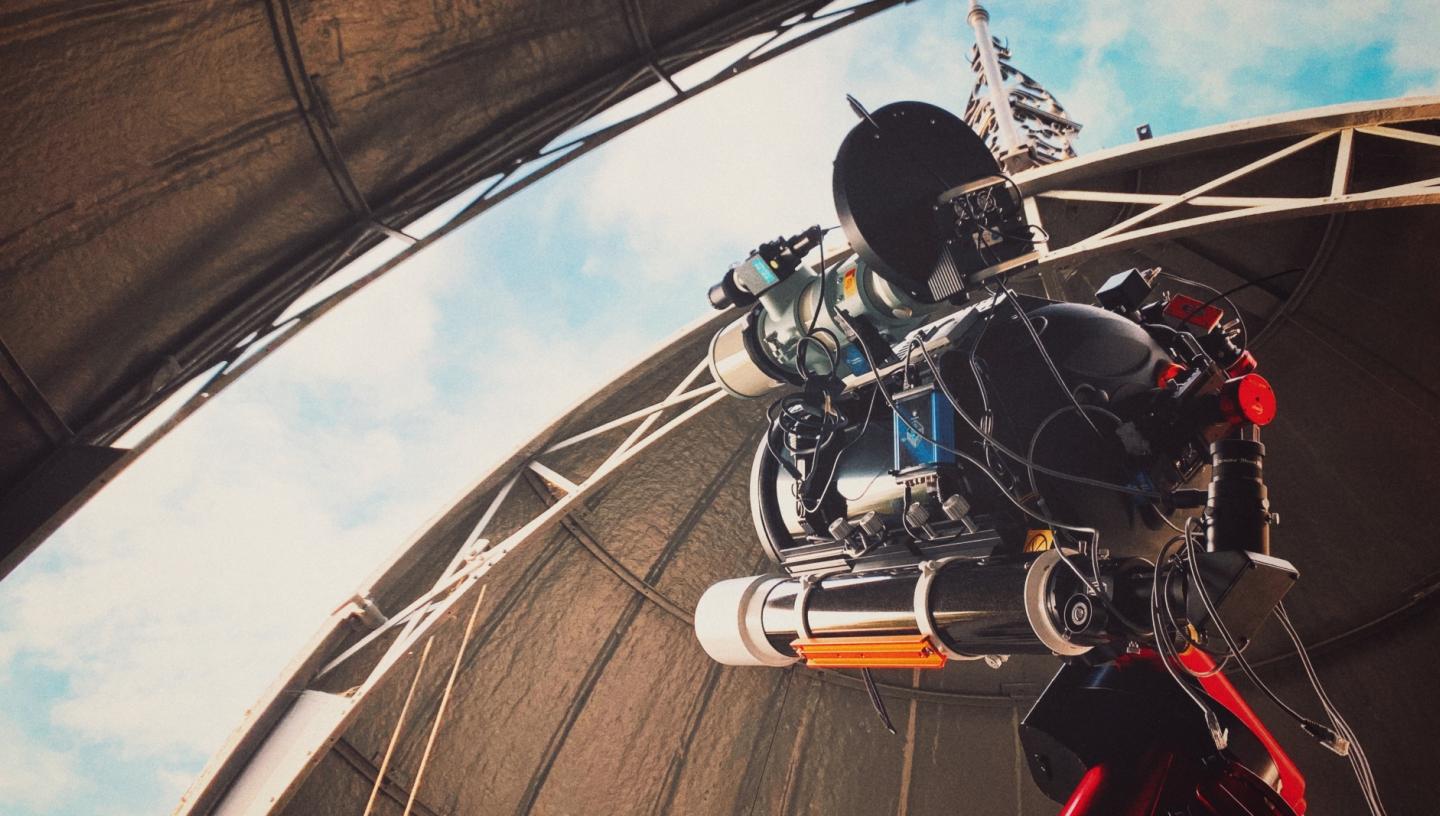
Watch more Space Live streams
Man image courtesy of NASA/SDO
